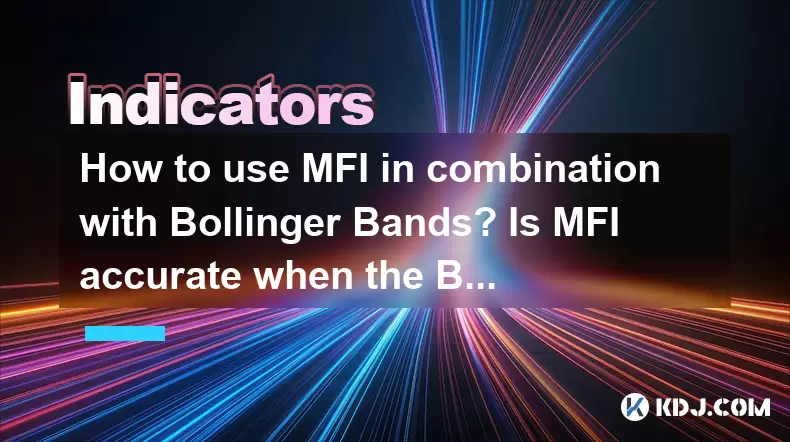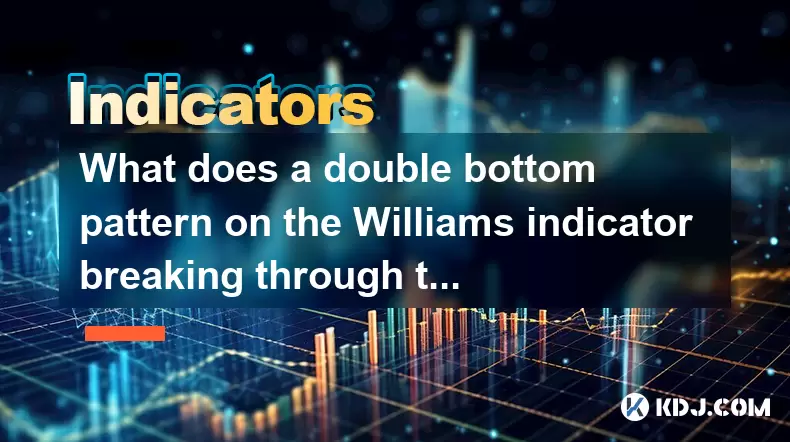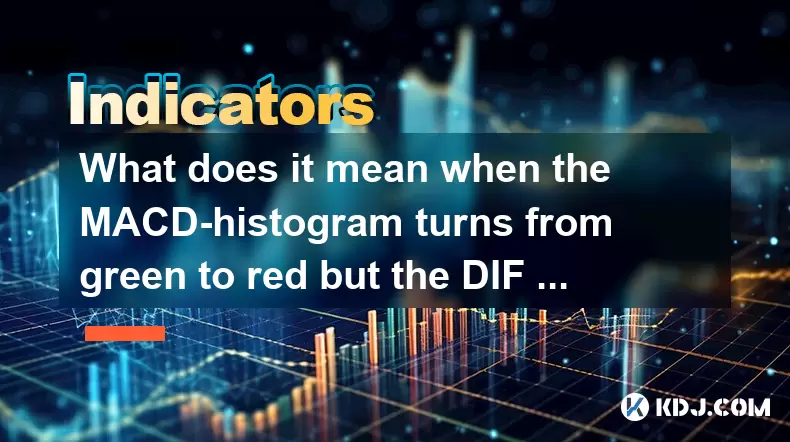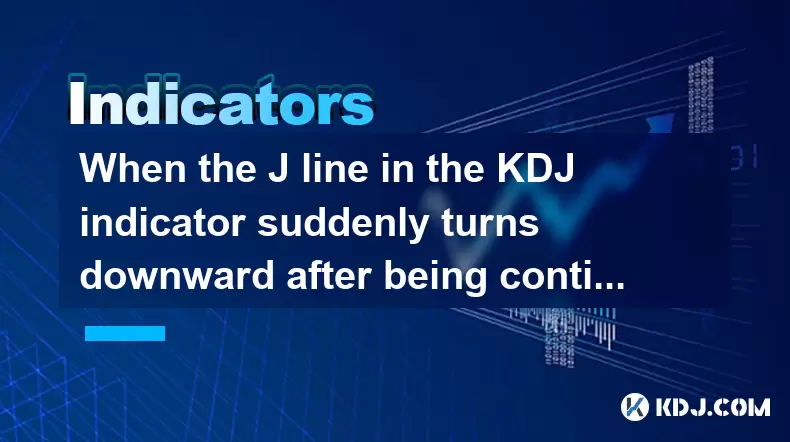-
 Bitcoin
Bitcoin $116400
-0.36% -
 Ethereum
Ethereum $4033
3.40% -
 XRP
XRP $3.302
-1.26% -
 Tether USDt
Tether USDt $1.000
-0.02% -
 BNB
BNB $796.1
1.67% -
 Solana
Solana $177.8
1.89% -
 USDC
USDC $0.9999
0.00% -
 Dogecoin
Dogecoin $0.2314
4.09% -
 TRON
TRON $0.3381
0.14% -
 Cardano
Cardano $0.7989
1.22% -
 Stellar
Stellar $0.4496
-1.84% -
 Chainlink
Chainlink $20.42
9.42% -
 Hyperliquid
Hyperliquid $41.17
0.88% -
 Sui
Sui $3.914
3.77% -
 Bitcoin Cash
Bitcoin Cash $584.7
1.52% -
 Hedera
Hedera $0.2632
-0.54% -
 Avalanche
Avalanche $24.09
3.40% -
 Ethena USDe
Ethena USDe $1.001
-0.02% -
 Litecoin
Litecoin $123.2
1.33% -
 Toncoin
Toncoin $3.318
-0.04% -
 UNUS SED LEO
UNUS SED LEO $8.984
-0.05% -
 Shiba Inu
Shiba Inu $0.00001323
2.85% -
 Uniswap
Uniswap $10.90
4.41% -
 Polkadot
Polkadot $3.999
3.34% -
 Dai
Dai $1.000
0.01% -
 Cronos
Cronos $0.1630
9.64% -
 Bitget Token
Bitget Token $4.484
0.82% -
 Monero
Monero $272.4
2.44% -
 Pepe
Pepe $0.00001173
6.03% -
 Aave
Aave $290.8
2.88%
How to use MFI in combination with Bollinger Bands? Is MFI accurate when the Bollinger Bands narrow?
MFI and Bollinger Bands help crypto traders identify market conditions; MFI gauges momentum, while Bollinger Bands show volatility and potential breakouts.
Jun 02, 2025 at 05:35 am

The Money Flow Index (MFI) and Bollinger Bands are two powerful technical indicators used by traders in the cryptocurrency market to gauge market conditions and make informed trading decisions. The MFI, a momentum indicator, helps identify overbought and oversold conditions, while Bollinger Bands provide insights into volatility and potential price breakouts. When used in combination, these indicators can offer a more comprehensive view of the market, helping traders to refine their strategies.
Understanding the Money Flow Index (MFI)
The Money Flow Index (MFI) is an oscillator that measures the inflow and outflow of money into a security over a specified period, typically 14 days. It is similar to the Relative Strength Index (RSI) but incorporates volume, making it a more comprehensive indicator of price momentum. The MFI ranges from 0 to 100, with readings above 80 indicating overbought conditions and readings below 20 suggesting oversold conditions.
To calculate the MFI, traders follow these steps:
- Calculate the Typical Price: This is the average of the high, low, and close prices for each period.
- Determine the Raw Money Flow: Multiply the Typical Price by the volume for that period.
- Classify the Money Flow as Positive or Negative: If the Typical Price is higher than the previous period's Typical Price, it is considered positive money flow; otherwise, it is negative.
- Calculate the Money Ratio: This is the ratio of positive money flow to negative money flow over a specified period.
- Compute the MFI: The MFI is then calculated using the formula: MFI = 100 - (100 / (1 + Money Ratio)).
Understanding Bollinger Bands
Bollinger Bands consist of a middle band, which is typically a simple moving average (SMA), and two outer bands that are standard deviations away from the middle band. The standard setting is a 20-day SMA with the outer bands set at two standard deviations from the middle band. Bollinger Bands help traders identify periods of high and low volatility, potential breakouts, and overbought or oversold conditions.
The key components of Bollinger Bands are:
- Middle Band: A 20-day SMA of the closing prices.
- Upper Band: The middle band plus two standard deviations.
- Lower Band: The middle band minus two standard deviations.
Combining MFI and Bollinger Bands
Combining the MFI with Bollinger Bands can provide traders with a more nuanced understanding of market conditions. The MFI can help confirm signals generated by Bollinger Bands, increasing the reliability of trading decisions. Here's how to use these indicators together effectively:
Identify Overbought and Oversold Conditions: When the MFI indicates overbought conditions (above 80) and the price touches or crosses the upper Bollinger Band, it may signal a potential reversal or pullback. Conversely, when the MFI shows oversold conditions (below 20) and the price touches or crosses the lower Bollinger Band, it could indicate a potential upward reversal.
Confirm Breakouts: Bollinger Bands can signal potential breakouts when the price moves outside the bands. If the MFI confirms this breakout by showing strong momentum (either positive or negative), it can increase the confidence in the breakout's validity.
Watch for Divergence: Divergence between the MFI and price action can be a powerful signal. For instance, if the price makes a new high but the MFI fails to make a corresponding high, it could indicate weakening momentum and a potential reversal. This signal is strengthened if the price is also approaching or touching the upper Bollinger Band.
Is MFI Accurate When Bollinger Bands Narrow?
When Bollinger Bands narrow, it indicates a period of low volatility, often preceding a significant price move. However, the accuracy of the MFI during these periods can be nuanced. Here's a detailed analysis:
Low Volatility and MFI: During periods of low volatility, the MFI can still be a useful tool for identifying overbought and oversold conditions. However, the signals may be less reliable because the market is in a consolidation phase, and significant price movements are less likely.
Combining with Bollinger Bands: When Bollinger Bands narrow, traders should look for the MFI to confirm any potential breakout signals. If the MFI shows strong momentum in the direction of the breakout, it can increase the likelihood of a successful trade. Conversely, if the MFI shows weak momentum, it might suggest that the breakout could fail.
False Signals: In periods of low volatility, the MFI might generate false signals more frequently. Traders should be cautious and use additional indicators or price action analysis to confirm MFI signals during these times.
Historical Data Analysis: Analyzing historical data can help traders understand how the MFI performs when Bollinger Bands narrow. By backtesting different scenarios, traders can gain insights into the reliability of the MFI in various market conditions.
Practical Application of MFI and Bollinger Bands
To apply the MFI and Bollinger Bands effectively in trading, follow these steps:
Set Up the Indicators: Add the MFI and Bollinger Bands to your trading chart. Ensure the MFI is set to a 14-day period and the Bollinger Bands are set to a 20-day SMA with two standard deviations.
Monitor the Indicators: Regularly check the MFI and Bollinger Bands to identify overbought and oversold conditions, potential breakouts, and divergence.
Confirm Signals: Look for confirmation between the MFI and Bollinger Bands. For example, if the MFI indicates an overbought condition and the price touches the upper Bollinger Band, it could be a signal to consider selling or shorting.
Analyze Price Action: Always consider the broader market context and price action. Use the MFI and Bollinger Bands as part of a comprehensive trading strategy, not in isolation.
Adjust for Market Conditions: Be aware of the current market environment. In periods of high volatility, the MFI and Bollinger Bands might generate more reliable signals. In low volatility periods, be more cautious and use additional confirmation tools.
FAQs
Q1: Can the MFI and Bollinger Bands be used for all cryptocurrencies?
Yes, the MFI and Bollinger Bands can be applied to any cryptocurrency. However, the effectiveness of these indicators can vary depending on the liquidity and volatility of the specific cryptocurrency. More liquid and volatile cryptocurrencies tend to provide clearer signals.
Q2: How often should I check the MFI and Bollinger Bands?
The frequency of checking these indicators depends on your trading style. For day traders, checking every few hours or even more frequently might be necessary. For swing traders, daily or even weekly checks might suffice. Always align your monitoring frequency with your trading strategy and time horizon.
Q3: Are there any other indicators that can complement the MFI and Bollinger Bands?
Yes, several other indicators can complement the MFI and Bollinger Bands. The Relative Strength Index (RSI) can be used alongside the MFI to confirm momentum signals. The Moving Average Convergence Divergence (MACD) can help identify trend changes and momentum shifts. Additionally, volume indicators like the On-Balance Volume (OBV) can provide insights into the strength of price movements.
Q4: How can I avoid false signals when using the MFI and Bollinger Bands?
To avoid false signals, consider the following strategies:
- Use multiple timeframes to confirm signals.
- Look for additional confirmation from other indicators.
- Pay attention to volume patterns, as high volume can validate a signal.
- Implement a risk management strategy, such as setting stop-loss orders, to protect against potential false signals.
Disclaimer:info@kdj.com
The information provided is not trading advice. kdj.com does not assume any responsibility for any investments made based on the information provided in this article. Cryptocurrencies are highly volatile and it is highly recommended that you invest with caution after thorough research!
If you believe that the content used on this website infringes your copyright, please contact us immediately (info@kdj.com) and we will delete it promptly.
- Moat Stocks & Mega-Cap Momentum: July's Standout Performance
- 2025-08-09 12:30:12
- Injective (INJ) Eyes $15.39 Breakout Amidst Explosive Network Growth
- 2025-08-09 12:30:12
- HAT Token Mania: Price Surges, Crypto Auctions, and Meme Coin Mayhem
- 2025-08-09 11:10:11
- Undervalued Cryptos Primed for a 2025 Takeoff: MAGACOIN, TRX, and SUI Lead the Pack
- 2025-08-09 11:10:11
- Bitcoin Goes to Harvard: Ivy League Embraces Digital Assets
- 2025-08-09 10:50:12
- Bitcoin, BlockDAG, and Toncoin: Decoding the Crypto Buzz in NYC
- 2025-08-09 11:30:11
Related knowledge

What does it mean when the Triple Moving Average (TRIX) turns downward but the price doesn't fall?
Aug 09,2025 at 12:42pm
Understanding the Triple Moving Average (TRIX) IndicatorThe Triple Moving Average, commonly known as TRIX, is a momentum oscillator designed to filter...

What does it mean when the Williams' oscillator repeatedly hits bottoms but fails to rebound?
Aug 09,2025 at 09:28am
Understanding the Williams %R OscillatorThe Williams %R oscillator, developed by Larry Williams, is a momentum indicator used in technical analysis to...

What does a double bottom pattern on the Williams indicator breaking through the 50-day midline indicate?
Aug 09,2025 at 10:56am
Understanding the Williams %R IndicatorThe Williams %R indicator, developed by Larry Williams, is a momentum oscillator that measures overbought and o...

What does it mean when the MACD-histogram turns from green to red but the DIF line fails to form a golden cross?
Aug 09,2025 at 10:15am
Understanding the MACD and Its ComponentsThe MACD (Moving Average Convergence Divergence) is a widely used technical analysis tool in the cryptocurren...

When the J line in the KDJ indicator suddenly turns downward after being continuously overbought, does it indicate a top?
Aug 09,2025 at 06:35am
Understanding the KDJ Indicator and Its ComponentsThe KDJ indicator is a momentum oscillator widely used in cryptocurrency technical analysis to ident...

What does it mean when the TRIX indicator suddenly diverges downward after a long period of convergence?
Aug 09,2025 at 12:56am
Understanding the TRIX Indicator in Cryptocurrency TradingThe TRIX indicator, or Triple Exponential Average, is a momentum oscillator used in technica...

What does it mean when the Triple Moving Average (TRIX) turns downward but the price doesn't fall?
Aug 09,2025 at 12:42pm
Understanding the Triple Moving Average (TRIX) IndicatorThe Triple Moving Average, commonly known as TRIX, is a momentum oscillator designed to filter...

What does it mean when the Williams' oscillator repeatedly hits bottoms but fails to rebound?
Aug 09,2025 at 09:28am
Understanding the Williams %R OscillatorThe Williams %R oscillator, developed by Larry Williams, is a momentum indicator used in technical analysis to...

What does a double bottom pattern on the Williams indicator breaking through the 50-day midline indicate?
Aug 09,2025 at 10:56am
Understanding the Williams %R IndicatorThe Williams %R indicator, developed by Larry Williams, is a momentum oscillator that measures overbought and o...

What does it mean when the MACD-histogram turns from green to red but the DIF line fails to form a golden cross?
Aug 09,2025 at 10:15am
Understanding the MACD and Its ComponentsThe MACD (Moving Average Convergence Divergence) is a widely used technical analysis tool in the cryptocurren...

When the J line in the KDJ indicator suddenly turns downward after being continuously overbought, does it indicate a top?
Aug 09,2025 at 06:35am
Understanding the KDJ Indicator and Its ComponentsThe KDJ indicator is a momentum oscillator widely used in cryptocurrency technical analysis to ident...

What does it mean when the TRIX indicator suddenly diverges downward after a long period of convergence?
Aug 09,2025 at 12:56am
Understanding the TRIX Indicator in Cryptocurrency TradingThe TRIX indicator, or Triple Exponential Average, is a momentum oscillator used in technica...
See all articles

























































































